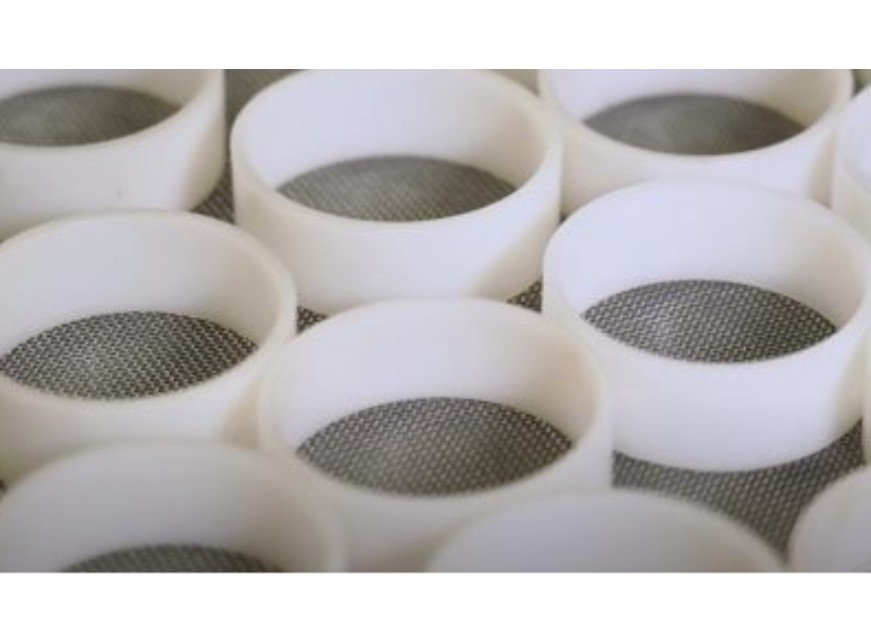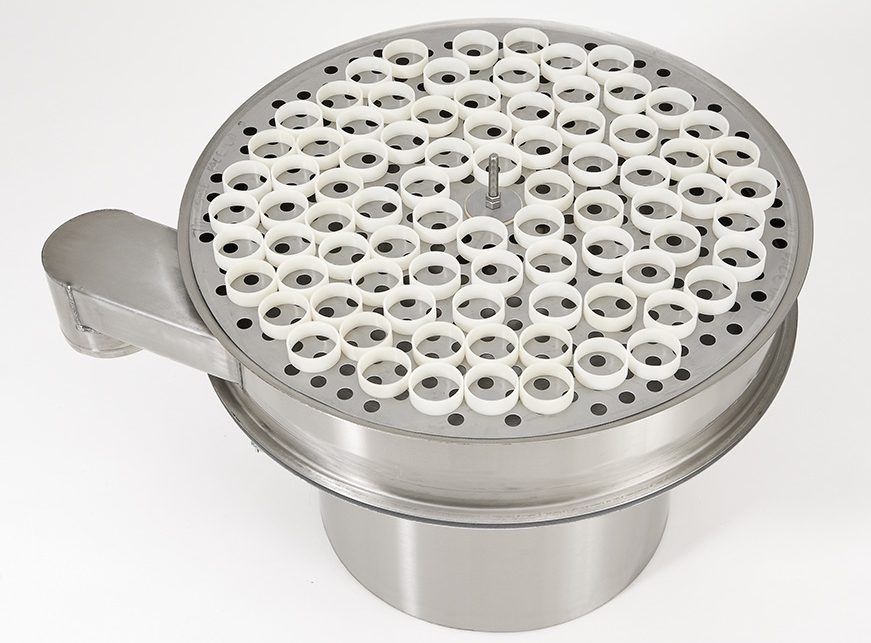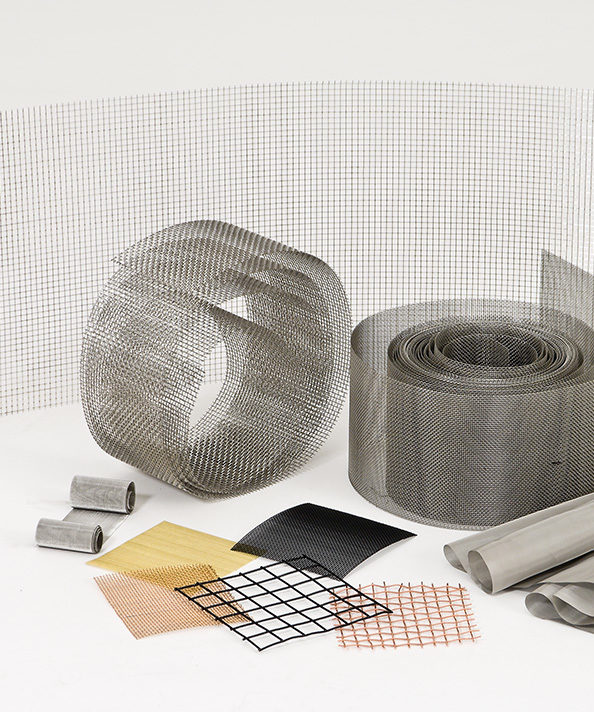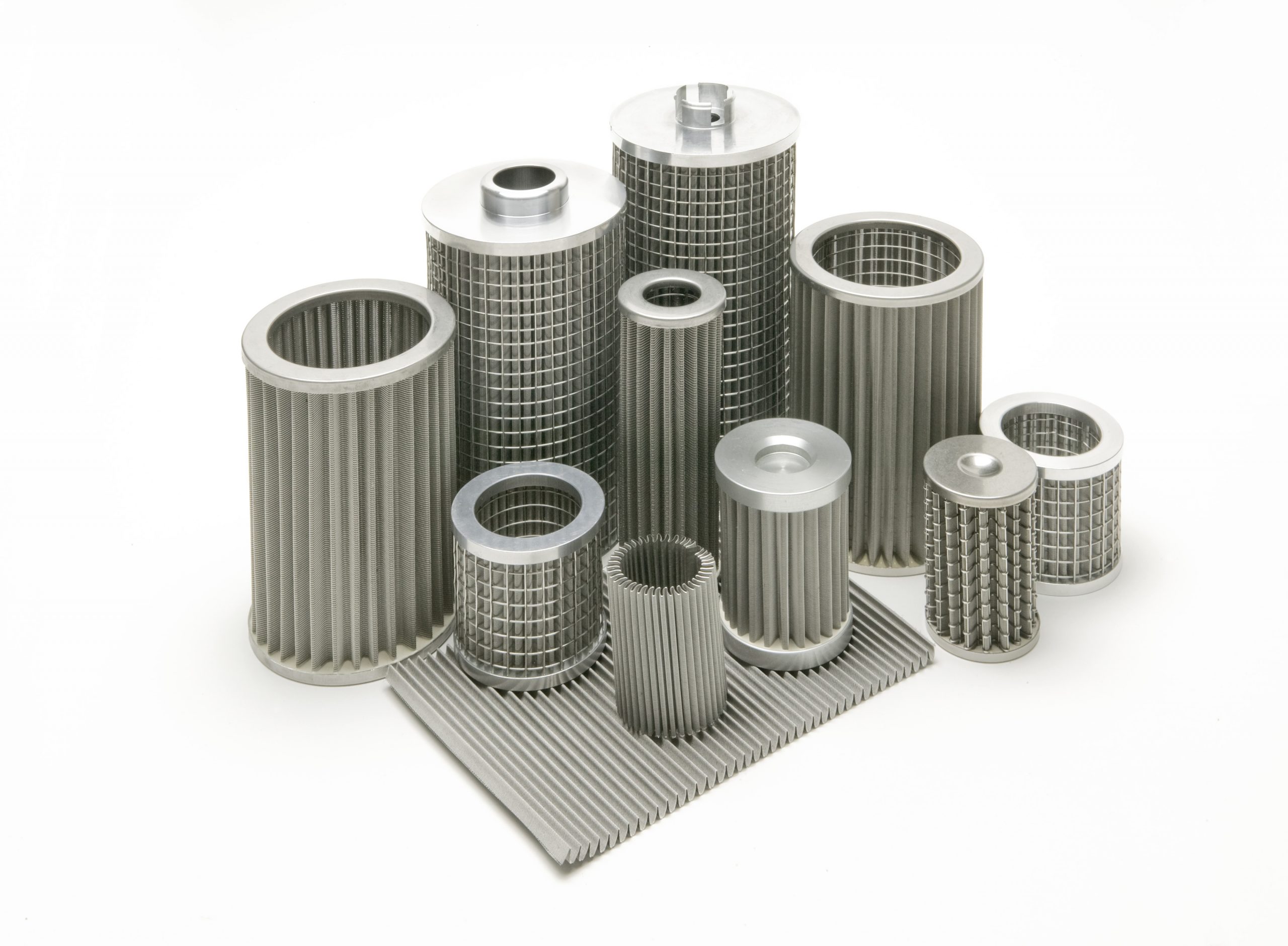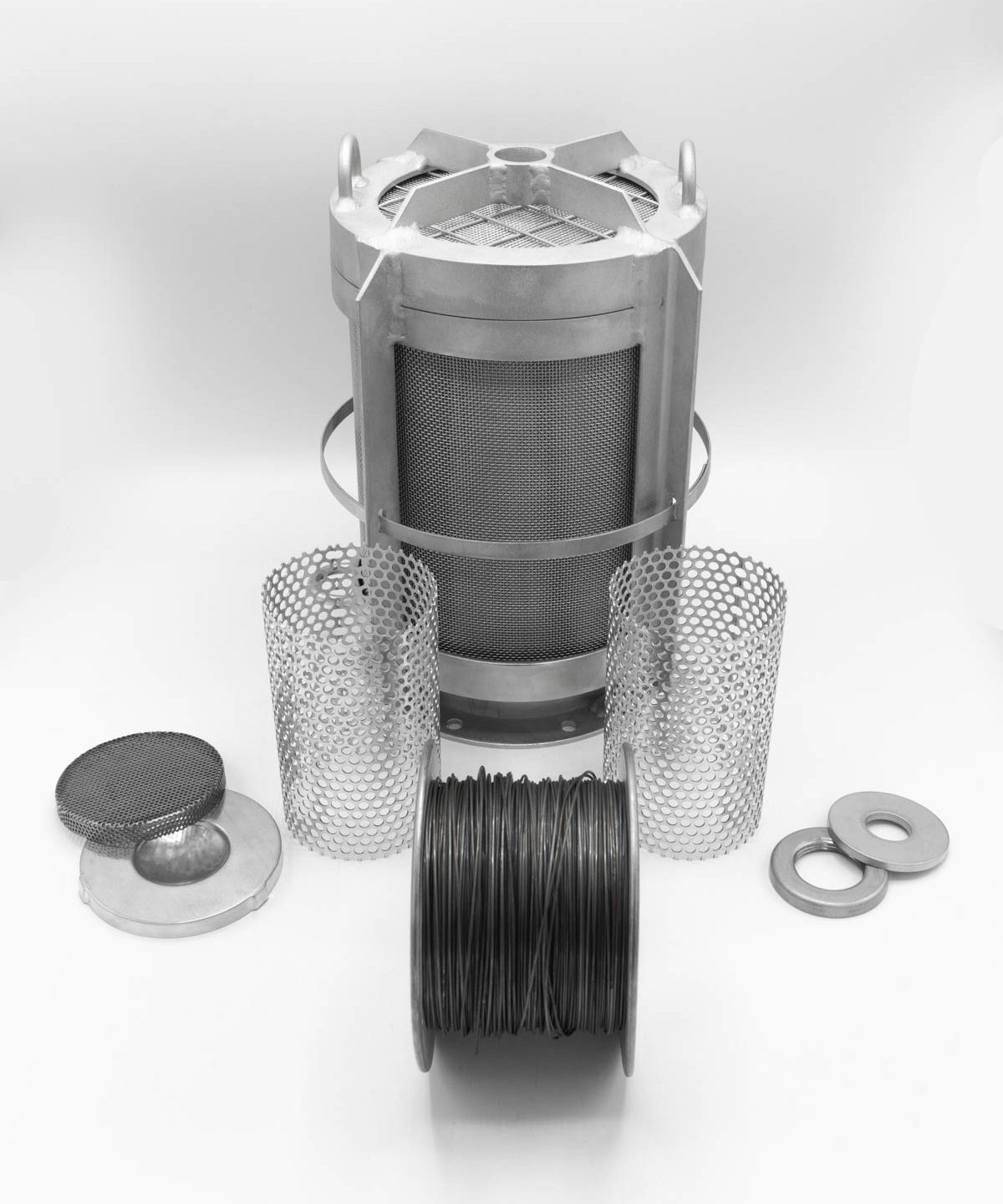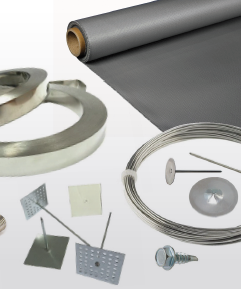Clean Ring Assembly
In Sieve Deblinding, a Clean Ring Assembly, also known as a Slider Assembly has sliders (circular rings) placed directly beneath the classifying mesh surface and supported by a perforated metal plate. The sliders travel radially around the assembly on top of the perforated plate, while bouncing vertically up into the classifying mesh by the vertical motion of the separator machine. The gentle shearing and wiping action eases the near-sized particles from the screen openings.
Standard Construction:
- Bottom Supporting Plate – T304 Stainless Steel perforated metal plate. (A T304 course mesh is also available on request.)
- Screen Cleaning Devices – Sliders with a choice from Nylon, Polypropylene, High Heat Polyester, or Hytrel Polyester.
- Classifying Mesh – Stainless Steel T316 mesh for separating the product.
- Sealing of Classifying Mesh – FDA / CFIA Approved Epoxy grade.
Common Uses:
Clean ring assemblies are a low-cost option used extensively for both wet and dry screening deblinding applications. They are useful when using a very fine mesh due to the low impact energy required, which doesn’t damage the mesh.
Advantages:
- Effective for hard or friable material separation due to the slider’s ability to shear and break such materials into smaller pieces without overwhelming forces which could damage the classifying mesh.
- The sliders’ ability to “push” the material through the classifying mesh with their smooth leading edges makes the clean ring assembly effective for soft or pliable material separation
- Very good for fibrous material separation due to the sliders’ horizontal motion that scrapes long fibers which can get caught in openings in the classifying mesh
- The Clean Ring assembly does not need to be replaced when the classifying mesh is damaged – this can be repaired and reassembled.
- The classifying mesh is easily switched out for use on another product, without the need to purchase a new clean ring assembly
